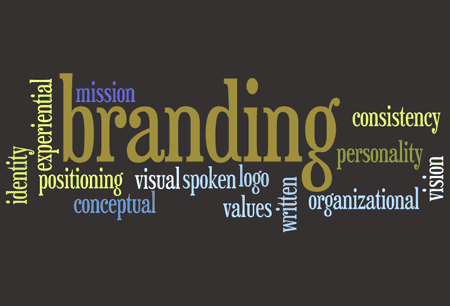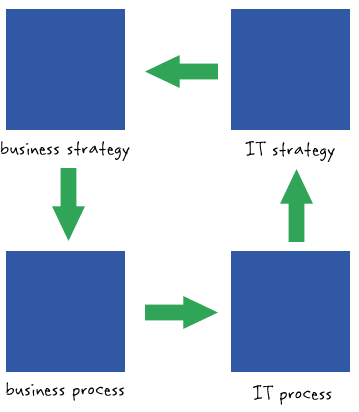Good Online Engagement: What Is It?
Attract prospects, drive traffice & collect email addresses
Engage involved prospects, interact via web and email
Commit supporters, online action (donation/petition)
Retain committed supporters, personalized web content/email contact
Plan to Succeed
- Mission-based communications vision
- Organizational goals
- Departmental goals
- Plans to achieve goals
Example:
- Strategic goal: provide regular updates to stakeholders
- Operational offline goal: produce quarterly print newsletter
- Operational online goals: weekly website content updates, monthly e-newsletter, action alerts as appropriate
- Include who, why, when how
What is Your Organizational Capacity?
- Database
- Established strategies
- Operations (staff & technology)
- Time
- Money
Reflect
Are your goals in balance with your capacity?
Have we articulated our vision & goals?
Wher do we need to improve our organization’s capacity?
What are short and long term changes we could make to improve?
Effective Web Presence
4 C’s of Effective Websites
Credibility
The public face of your organization
Cultivation
Outreach and building relationships
Are we using inviting, engaging language?
Visitors come to your site to learn, then to act
Clickability
Interactive user experience with clear navigation
No matter what, there is no ONE single type of donor
Need to provide different interactive experiences to appeal to the widest variety of audiences possible
Content
THE most important element — requires regular input
What are you doing to create a stream of content (not just text, but images)?
Don’t use all stock images — this hurts credibility and isn’t as personal as in-house photography/organic content
Websites provide multiple levels of information about your work
Who visits our site? Who do we want to visit our site?
Identify 3 audiences, 3 things you want them to know, and 3 things you want them to DO
Top 9 ways to catch supporters
1. Layout – Outside In not Inside Out
Ask yourself:
can our visitors find what they want on our site?
Ask your visitors:
Can you easily find what you are looking for on our site?
Find out:
Usability testing, focus groups, surveys
2. Bring Content Online
what does your org publish? Who do you serve? What do you do? How do you do it?
When you print reports, flyers, invitations, forms…ask yourself:
How will I put this on the website?
How will it be different (editing, graphics, etc.?
Consider statistics, data, downloadable papers, biographical information
3. Collect Email Addresses
Your New Mantra:
I will collect email addresses — everywhere
I will ask permission to email (volume is not helpful if they don’t wish to subscribe)
I will make regular contact
4. Write for the Web
People barely READ websites word for word
They SCAN web sites
They GLANCE at emails
With this in mind, do not write hyperlinks that say “click here” — use the title of the link &mash; hyperlinks need to be like wildfire!
5 top web writing tips:
- Highlight keywords
- Use bulleted lists
- One idea per paragraph
- Cut your text in half (then in half again)
- Offer links
5. Get Content
You are not alone!
You can get free content from:
- Partners, collaborators
- Jointogether.org
- Alternet.org
- Care2.com
- Enature.com
- Yahoo
- News feeds
- Your constituents
Tips:
Identify important “revolving” content
Coordinate the team: think about program content and content management tools
Prioritize
Systematize
Develop a schedule
Delegate
6. Ask and Make it Easy to:
Give a donation
Take an Action
Learn about you
Contribute in other ways
How?
Ask for support or to take action
Give compelling reasons to help or give
Provide secure donation page
Tag line & mission statement
Contact information on every page
7. Privacy Policy
Describes how your org handles information
Informs visitors how you will handle:
- name/personal info
- credit card/ donor info
- email addresses
- cookies
8. Interactivity
Clicking is a kinesthetic experience, mimics a conversation
The more your visitor can “talk to you, the closer they will feel to your mission
The closer they feel to your mission, the more they will want ot support you
Don’t be afraid to have fun
9. Web Management
To update content easily, you will need someone on board with web skills
Your options:
- consultant
- train your staff
- invest in a CMS
- all of the above
Reflect
How is this different from our website?
Which of these elements could we try?
What ideas does this generate for me?
Effective email
“Email communications are more important than a website.” mdash; Michael Gilbert, “Gilbert Manifesto”
Exceptions: initial list building/application-focused sites
Combining email and direct mail builds personal relationships
Personal relationships are the heart of fundraising
Four Email Cornerstones
1. Personal
Personalize messages with data (names, amounts, etc.)
2. Targeted
Segment lists and target emails
3. Integrated
Email integrated with web content, direct mail, etc.
Campaigns should be mirrored between website & direct mailings
People who receive a direct mailing may visit the website, will expect to see the same thing
4. Trackable
Seek out and use data about your emails
Six Email Considerations
- Respect your subscriber
- Email privacy policy
- Build the list the right way (one person at a time)
- Make a compelling “envelope”
- HTML vs. text
- Test in different programs, services
Email techniques
- Hypertext links
- Word of mouse marketing (viral)
- Personalized greetings and references
- Incentives
- List segmentation
- Clickthrough tracking
Enewsletter techniques
- Create glance-able, enticing TOC
- Establish the brand
- Content
- write for readers to scan (subject line/short items/visuals/teasers)
- create links to longer items on the web
- Establish timing for newsletter
- keep to regular schedule: quarterly/monthly/weekly
- Provide ability to pass the eNewsletter to a friend
Avoiding the SPAM label
- Ask for and document permission to email online/offline
- Postal address and unsubscribe option in every email
- Accurate subject and from lines – no sensational language
- Establish an email privacy policy
- Ask stakeholders how frequently they want to receive communications
Basics of Driving Traffic
- Distinct and succinct URL
- Your URL everywhere
- Use word of mouth
- Links to partners and content
- Fundraising campaigns and special events
- Email and enewsletters
- Paid key words/Google Grants
- Related newsgroups and listservs
Tracking Metrics
Accurately benchmarks what people really care about
Helps you create and evaluate campaigns
Website Metrics:
- Unique visitors
- Most popular pages/stories…and the least
- Time on site/page
- Document downloads
- Keywords
- Website traffic sources
Email/Enews Metrics
- Open rate
- Clickthrough rate
- Response rate for requested action
- eNewsleter subscribes/unsubscribes
Reflect
How is this different from our strategies for driving traffic?
How do we track metrics? How might we do it differently moving forward?

